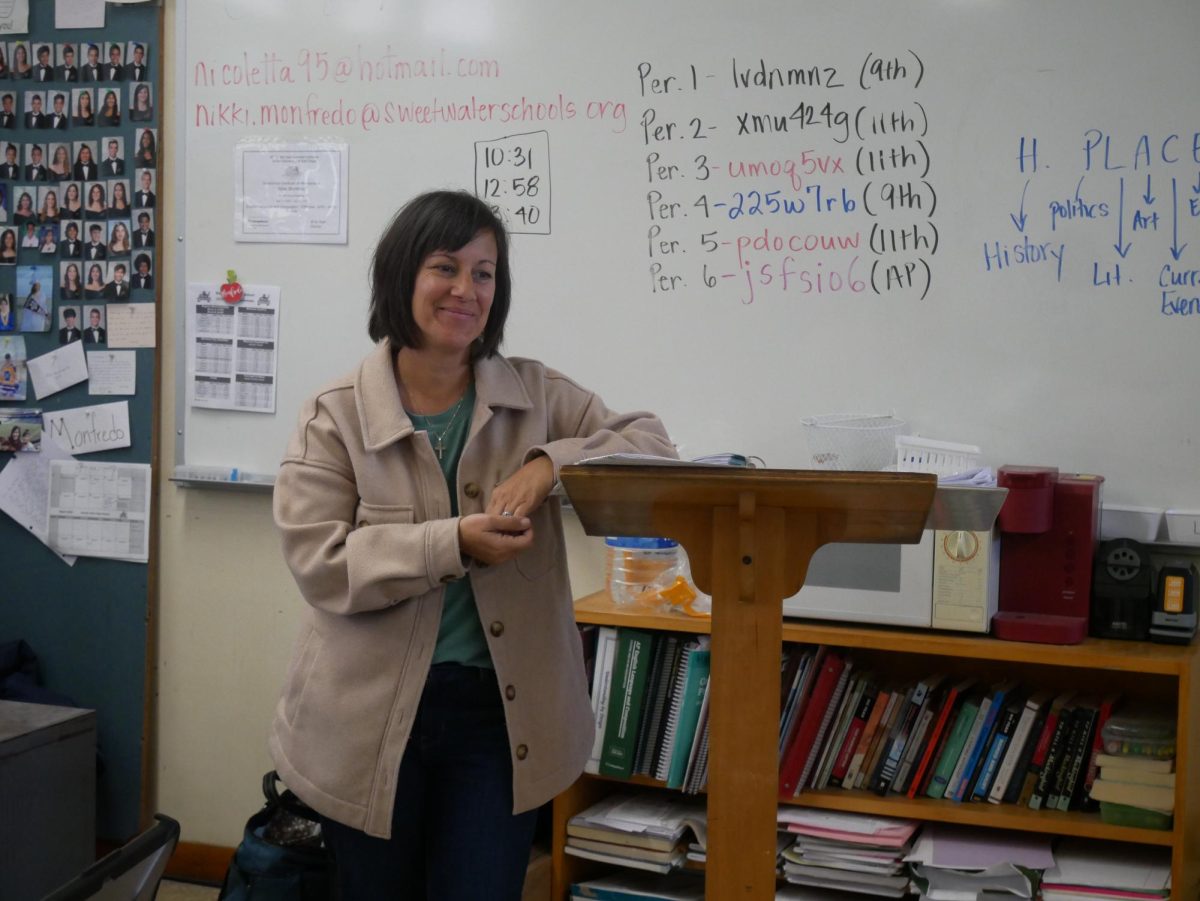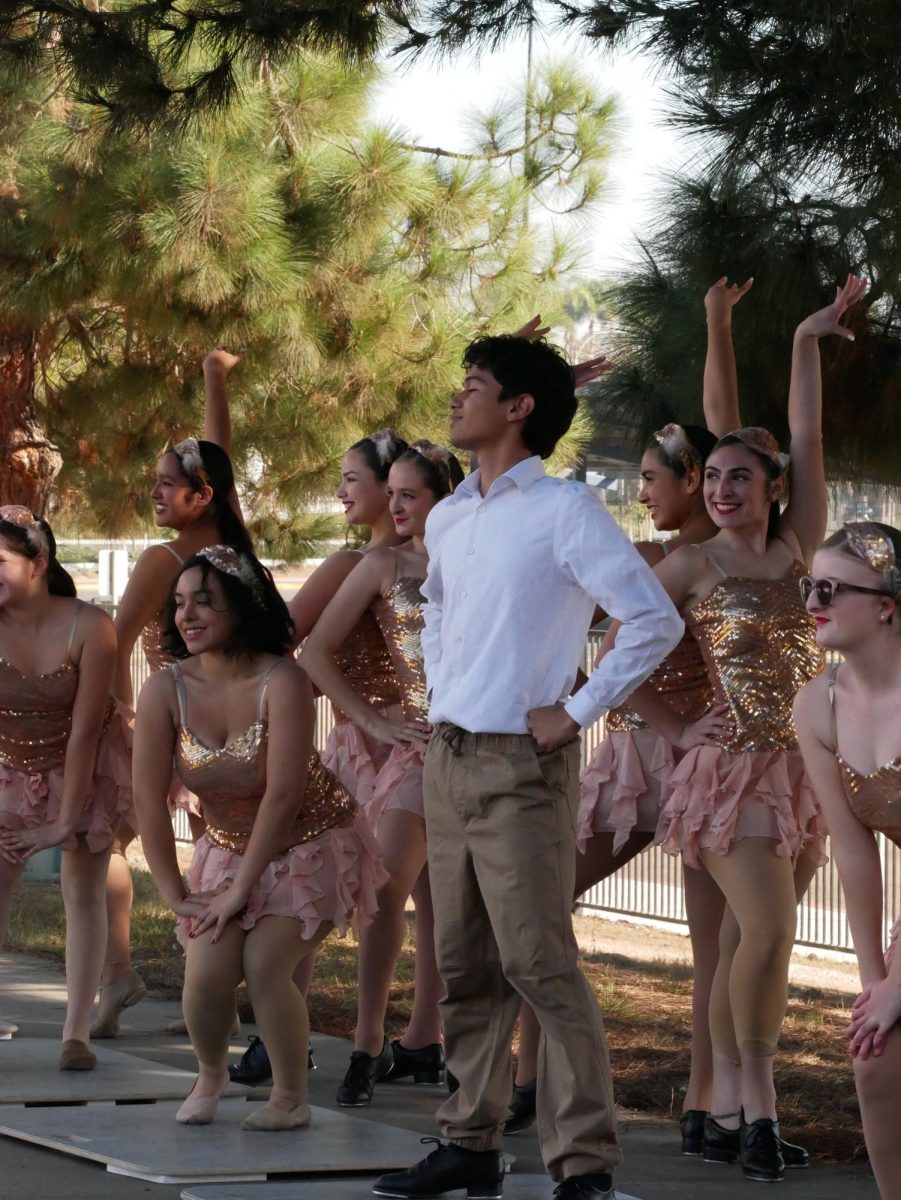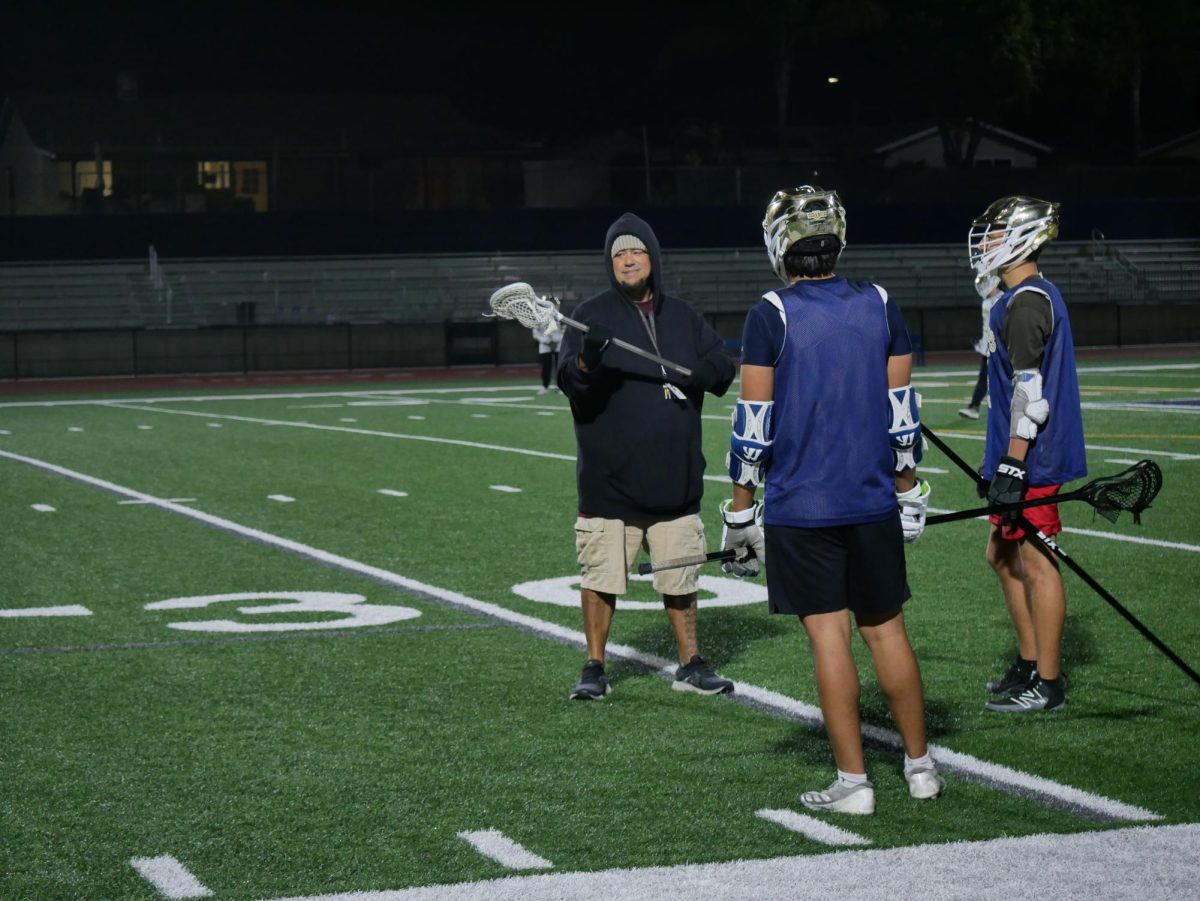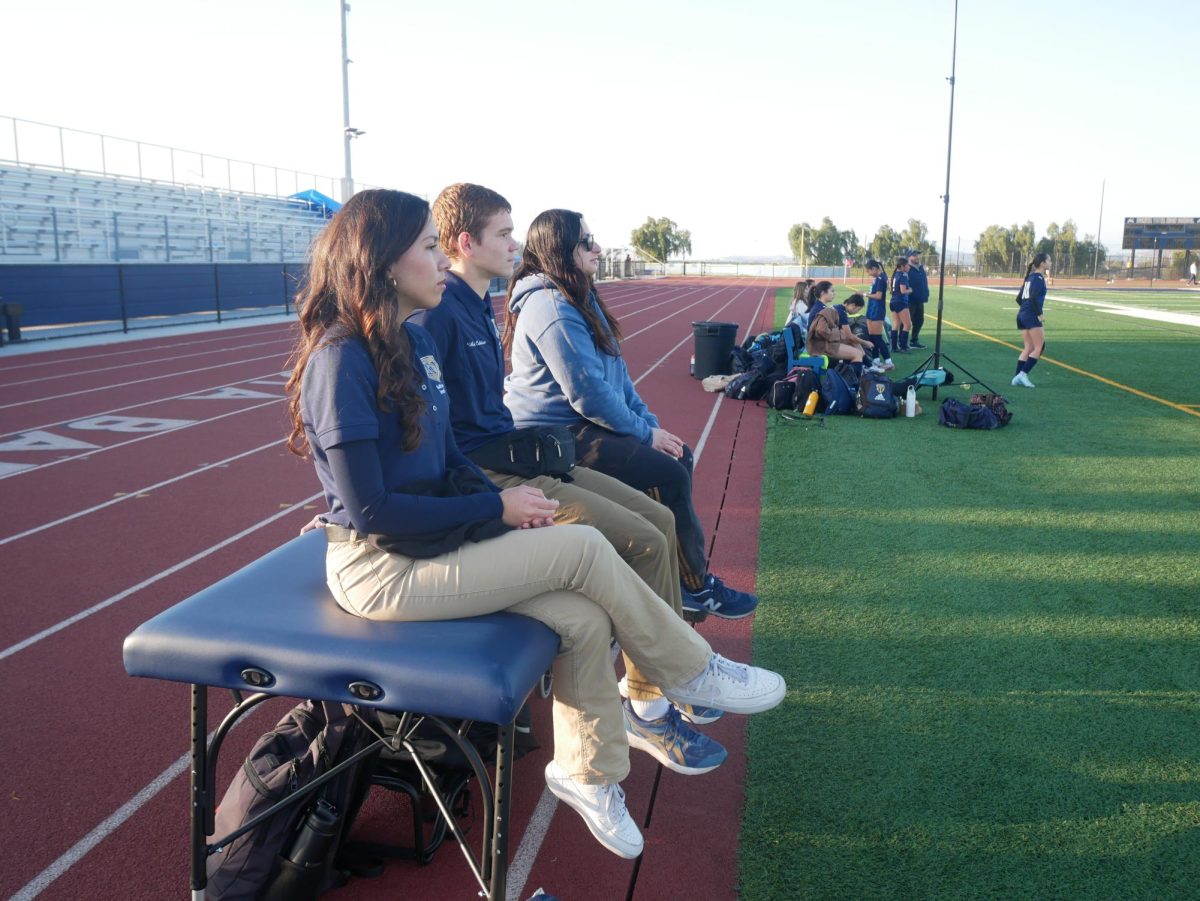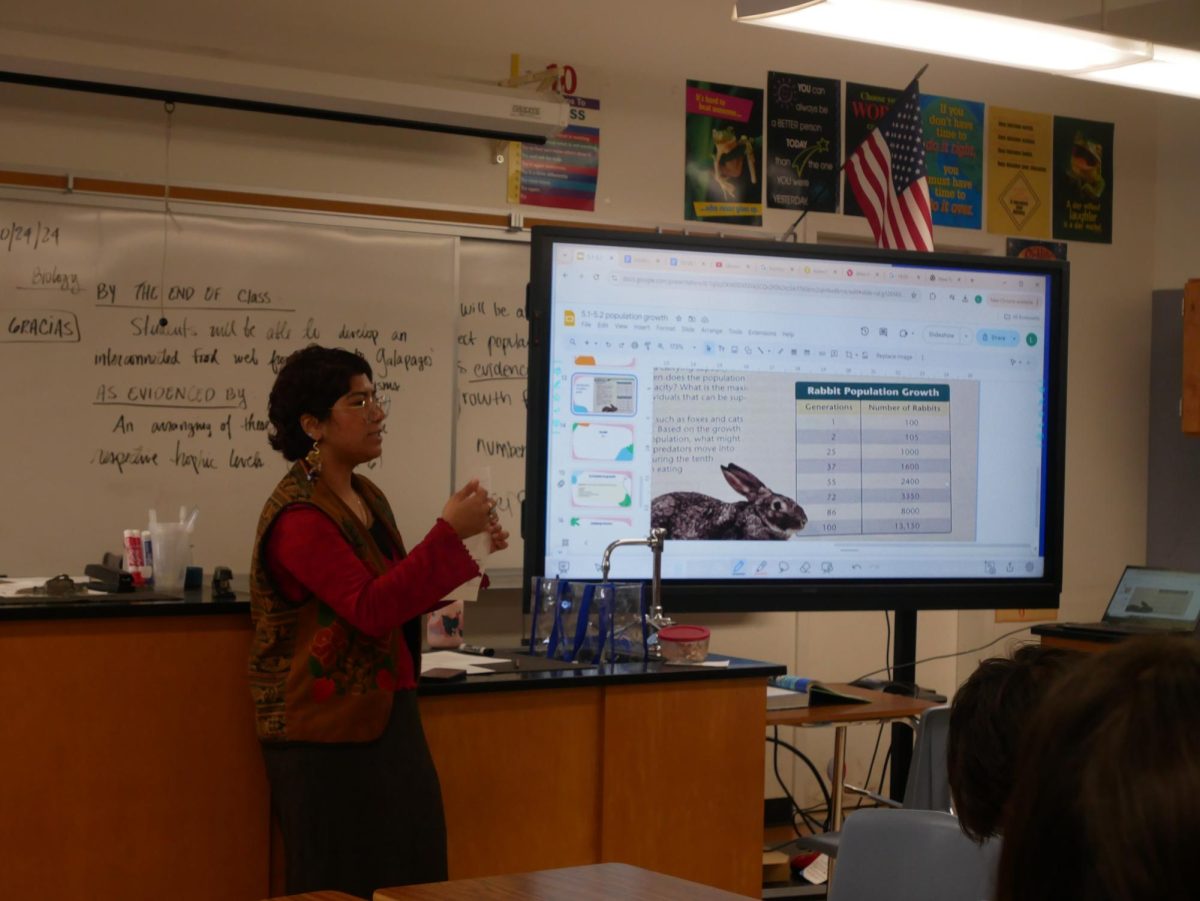Teaching over the years has built many of BVH’s teachers into the educators they are today. Over the years, teachers have faced many challenges; from figuring out the dynamics of their classroom to competing with technology. Their passion has kept teachers dedicated to educating students. For BVH English teacher Nikki Monfredo, teaching a subject closely aligned with her own interests helps sustain her passion for teaching after 17 years.
“When you love reading, [you think about] picking the books that you love [to read] the most [which] helps teach the book with passion. I think that helps keep the passion; Teaching things that you love. [I believe] it shows in your work as well,” Monfredo said.
For some teachers, passion for teaching goes beyond being an academic mentor; it also stems from being a source of support for their students. Interacting with students on more than a merely instructional level can be a gratifying experience for teachers. BVH Health teacher Shannon Bruce also relates to Monfredo by also demonstrating her passion for teaching her students beyond academics throughout her 26 years of teaching.
“[I] make sure that [my students have an] understanding that they matter and that they are the future,” Bruce said. “I [also] hope that they never lose the light in their eyes, heart, spirit [and] that they always shine as bright as they do today, for the rest of their life.”
Feeling a sense of connection with students and engaging with their teachers’ interests are key factors in keeping the passion for education alive. Watching students making connections with the content they engage with allows a gratifying moment for teachers. Another rewarding aspect of teaching is seeing students share their teachers’ enthusiasm for a subject, as explained by English teacher Raymond Chhan, who has been teaching for ten years.
“When students show that light bulb moment, students [get that understanding and] get really passionate about the things that we read [in class]. Sometimes they [students can] dislike the book, but even then, they [still enjoy debating] about the contexts that we read, especially when they dislike it,” Chhan said.
While student passion during discussions fosters engagement, the introduction of technology in the classroom has posed challenges. Numerous teachers, technology within the classroom can be a hurdle to overcome. Bruce addresses the challenging issue of technology, particularly phones, which make it harder for students to focus and engage in learning, ultimately making teaching more difficult for her.
“Phones are a huge obstacle [in today’s society], because it is hard to fight against a thousand people in their hands. They have a thousand people in their hands and there is one [teacher] that is trying to get their attention. How can I find or get the attention of a person when they have a thousand people who want their attention in their hand? It is difficult.” Bruce said.
Over the years of teaching, technology has not been the first or only obstacle they have encountered. Educators have faced numerous challenges in their careers, and while technology presents its own unique set of difficulties, it is just one of many hurdles they have had to navigate. Monfredo describes how throughout her years of teaching, she struggled with finding a specific teaching style that best suited her and her students. Teachers often develop their teaching methods and styles over time as they gain experience and figure out what works best for their students.
“I think the biggest obstacle when you start out teaching [is that] you really do not know what you are doing, so everything is more of an obstacle,” Monfredo said. “You are not sure how strict to be, or how lenient to be, and what strategies work [for your students].”
According to Monfredo, early on in her career, teachers may face the challenge of getting in that mindset on how to balance discipline with flexibility, as well as which strategies will effectively engage their students. As teachers focus on assisting students to learn, teachers also have the opportunity to learn from their students in return. With a mix of different students’ learning methods over the years, Chhan’s experience with teaching offers a plethora of points of view from which he has learned from himself.
“Teachers learn just as much from their students [as students learn from their teachers]. In terms of actual teaching and curriculum, students always have really cool and good ideas [for their students]. I get new perspectives on books that I read [and] different interpretations of books,” Chhan said.
From the non-academic side of interacting with students, teachers also have the opportunity to observe how students have changed for the better. As students come and go, teachers get to experience many different students and how they compare to past classes of students. Through observing the recent generations, Bruce explains how they are becoming a more supportive and accepting group of people.
“I’ve learned that kindness still exists. I love that [this generation] feel[s] comfortable supporting people. I feel more supported by your generation. I feel that you are okay with being yourself.” said Bruce. “[It helps] me keep an open mind about things, and it makes me a well rounded person.”

